The name behind Buhid Mangyan represents the dualistic identity of the group. Mangyan means “People” in their colloquial language. It is a collective term used for the eight (8) indigenous cultural communities residing in the island of Mindoro, while the word Buhid is derived from the Mangyan word “Sambuhid” which refers to an elevated parcel of land or mountainous area.
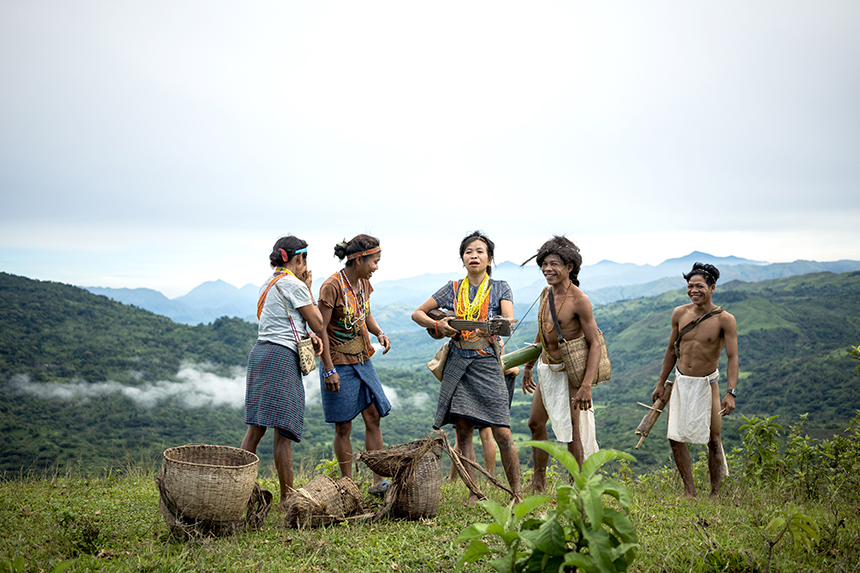
Buhid Mangyan Spirits:
Sayum-ay and Manggat: the ancestral ancient couple who named all trees, animals, lakes, rocks, and spirits.
Labang: Evil spirits which manifests in human or animal forms. The Buhid Mangyan believes that their bites are fatal. The bite becomes a channel where bad spirits can enter and bring sickness to a person or even death when the spirit is not driven away. In one tale (below) a man is wounded by a group of labang. An edu-labang, which is a labang resembling a dog, kills him by licking his wound. The labang gather and eat his body.
Lahi: spirits which are potential allies and protectors against the Labang.
– Afo Daga: owner of the earth; can cast earthquakes, typhoons, and disease outbreaks when mankind defies the moral codes; appeased though the igluhodan ritual.
– Afo Fungsu: owner of mountain peaks.
– Afo Sapa: owner of rivers.
Falad: souls of the dead.
Malawan: spirits that live in the springs in the deep forest.
Taw Gubat: jungle men who live deep in the forest.
Bulaw: the Bulaw are those who live in mountain peaks and are depicted as shooting stars because they fly from one peak to another and light their way with a torch made from human bone.
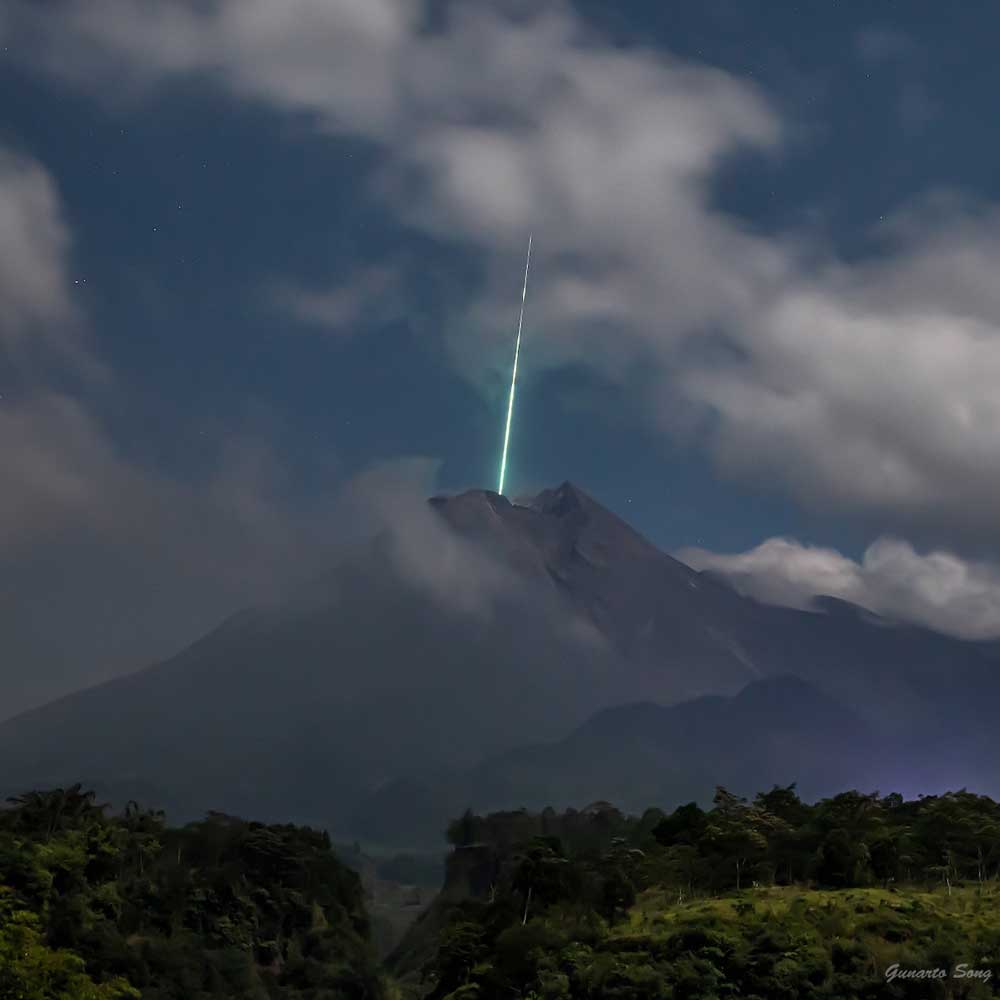
Buhid Mangyan Beliefs
The Buhid Mangyan attribute their origins to Manggat and his wife Sayum-ay, who were believed to be the first inhabitants of their Ancestral Domain. According to the Buhid Mangyan myth, Manggat and Sayum-ay named all the trees, animals, lakes, rocks, and spirits found in their ancestral domain. They also believe that their ancestors are the first and only settlers of their lands. Hence, the term non-buhids or luktanon is used to denote this distinction.
The Buhid Mangyans are one of the few indigenous groups in the Philippines who continue to use their original syllabary. In 1997, the Buhid syllabary was declared as a National Cultural Treasure and was inscribed in the Memory of the Word Registers of UNESCO by 1998 (Fansler, 2011). Interestingly, the Buhid syllabary has its roots from the Kawi script of Java, Bali, and Sumatra. Apart from their script, the Buhid Mangyans also speaks a language which is Austronesian in origin (Ager, 2013).
The ancestral land plays a significant role in the life of the Buhid Mangyans. Other than a source of subsistence, the land represents the identity, culture, spirituality and legacy of the Buhid Mangyans. Accordingly, the ancestral land itself and its natural environment are well-maintained. The Buhid Mangyan are known to be farmers. Swidden farming or kaingin has always been their main source of livelihood. This process entails slash-and-burn forest vegetation to concentrate soil nutrients into a carpet of ash and ensure that the forest-cover will be quickly replaced with cultivated plants and trees. While slash-and-burn is not widely advocated, this practice promotes, what anthropologist Clifford Geertz, recognizes as controlled jungle ecology (Gibson, 1986: 34). Like many indigenous groups, swidden farming has been perfected through enduring practice among Buhid Mangyans. This mastery paved way for its economical and environmental sustainability.
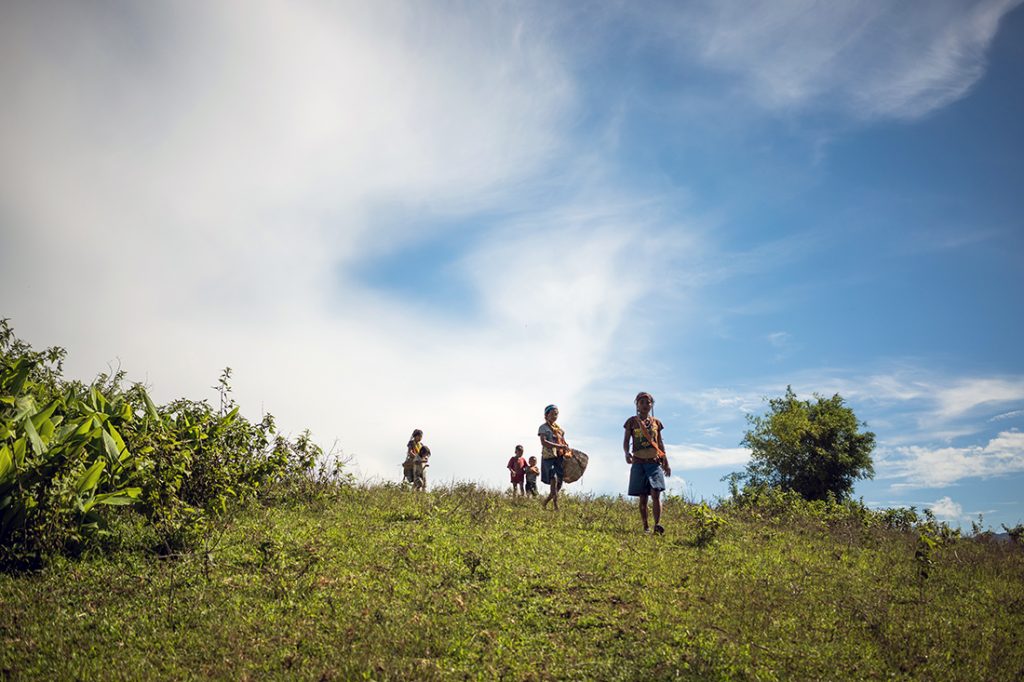
Among the Buhid Mangyans, kaingin is interlinked with other complementary livelihood activities such as animal husbandry, hunting, gathering, fishing, handicraft-making and farming services for non-Buhids (Erni, 2000:8). However, hunting is largely undertaken as a means to protect crops in swidden farms. Nevertheless, the game from hunting is usually shared with the community (Gibson, 1986: 40, 44). The gathering of non-timber forest products such as fruits, orchids, honey, bamboo, and rattan also provides a certain amount of income to Buhid Mangyan families (Gibson, 1986: 52). The livelihood opportunities derived from the land explains the attachment of the Buhid Mangyan to their land. The Buhid Mangyans have many beliefs associated with swidden farming. For instance, when a farmer dreamt of catching a wild pig or a hawk catching a chick, during the early farming process, clearing of the whole intended swidden farmland should be postponed to avoid bad luck. Furthermore, the Buhid Mangyans believe that spirits dwell in their ancestral domain.
The following are the spirits known to the Buhid Mangyan:
•Labang – Evil spirits which manifests in animal forms. The Buhid Mangyan believes that their bites are fatal. The bite becomes a channel where bad spirits can enter and bring sickness to a person or even death when the spirit is not driven away (Lopez-Gonzaga, 1983: 115).
•Lahi – Spirits which are potential allies and protectors against the Labang (Lopez-Gonzaga, 1983: 115). Some of the Lahi are called Afo Daga, Afo Fungsu, and Afo Sapa. Afo means ‘owner,’ ‘master,’ or ‘source.’
Afo Daga is the ‘owners of the earth,’
Afo Fungsu is the ‘owners of mountain peaks’
while Afo Sapa is the ‘owners of rivers’ (Gibson, 1986: 173).
Afo Daga is known to be responsible for earthquakes, typhoons, and disease outbreaks. These taken as manifestations of Afo Daga’s wrath when men defy the moral code (Lopez-Gonzaga, 1983: 116). To appease Afo Daga, the Buhid Mangyans conduct the “igluhodan.” The igluhodan is a ritual where pigs are slaughtered and prayers are offered to the spirit.
•Falad – Souls of the dead
•Other spirits – Spirits that live in the springs in the deep forest are called ‘Malawan.’ The ‘Taw
Gubat’ are jungle men who also lives deep in the forest. Those who live in mountain peaks are known as ‘Bulaw’ or ‘shooting stars’ because they fly from one peak to another and lights it’s way with a torch made from human bone (Gibson, 1986: 136-137). There are also parts of the ancestral domain which the Buhid Mangyans consider sacred. The sanctity of these areas explains the inherited responsibility among the Buhid Mangyans to protect and preserve these areas. Among the sacred areas, the Fungsu Abat (Mountain House) is believed to be the highest mountain that did not sink during the time of deluge.
Buhid Mangyan Folk Tale of the Labang
A Buhid tale, as narrated by an iglahi (shaman), tells the story of the labang. An old woman named Wada-wada once lived with her grandchild Yoyon. Yoyon comes home one day complaining that he has been bitten by a wiwi (creeping creature). By evening, Yoyon dies. While grieving over Yoyon’s grave, Wada-wada is visited by hordes of young and old labang. Frightened, she climbs up a hayu-ayahak tree. Deep into the night, Wada-wada hears the labang eating her grandchild’s remains. The next day, the labang sees her up the tree and asks her how she made it there. She tricks them by making them climb a rope, which she then cuts, killing most of the unsuspecting labang. A family of labang composed of a man, his wife, and their two children remains. They invite Wada-wada to play hide-and-seek on the condition that they will eat her if she loses. When Wada-wada cannot find the family, she tries to flush them out of their hiding places with fire. She kills the two young labang. Wada-wada wins the game and lets the labang parents live. Later, Wada-wada crosses paths with a group of eight brothers in the mountains and warns them about the labang. Soon, six of the brothers fall ill and die. The two survivors are Dumalogdog and Kulinda. While digging a grave for his dead brothers, Dumalogdog sees the oncoming horde of labang and hacks them until they all die. But the labang’s bloodstains on his skin kill him. The remaining Kulinda wanders the forest. He causes a labang to appear whenever he leaves a personal item behind and wherever he rests. Upon reaching Hayakyan, he makes a bamboo spear but is wounded. An edu-labang, which is a labang resembling a dog, kills him by licking his wound. A group of labang gather and eat his body.
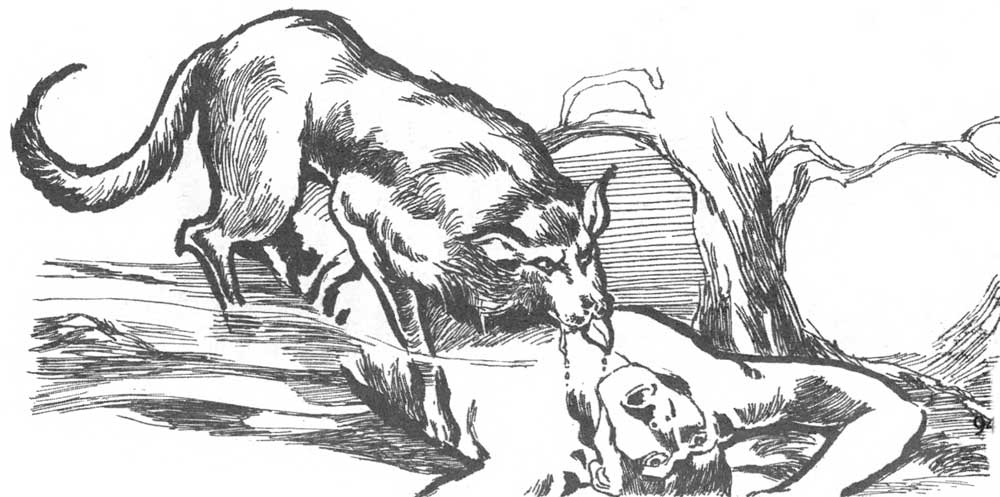
Sacred Areas
Another sacred area is the Binagaw River where a rock called Bato Bulang can be found. A Buhid Mangyan legend states that the rock used to be a man named Bulang. He was washed away from the mountain to the river during a torrential rain where his foot got stuck underwater. This eventually became a rock which became known as Bato Bulang. The Buhid Mangyan believes that the rock serves as a stopper to a hole beneath the river which, once removed can submerge and destroy the whole area. Some trees are also deemed to be sacred such as the oldest Balete tree which should never be logged. Burial sites and ritual areas are also considered sacred and are given utmost care and respect.
The natural environment is the Buhid Mangyan’s source of sustenance and world view. Its value to the Buhid Mangyan cannot be overstated. As one of the Buhid Mangyan elders, Lagay Daguman, even mentioned “Dyan na nabubuhay ang mga buhid: pagtanim, hanapbuhay, paggawa ng bahay. Diyan nabuhay, diyan din mamatay” (That is where we live and survive: farming, livelihood, and the building of homes. That’s where we live and that’s also where we’ll die). Another elder stated “Ang kalikasan at kagubatan doon kami kumukuha ng gamot. Doon nagmumula ng hayop na nagbibigay babala sa aming mga katutubo lalo kapag maglalakbay sa malayong lugar. Ang mga hayop sa gubat pinoprotektahan at pinapangalagaan. Nakakatulong sila [sa amin]” (Medicines are sourced from nature, from the forests. Animals also thrive there which give us warning when we travel to distant places. Therefore, these are protected and conserved. They are important to us for their contribution).
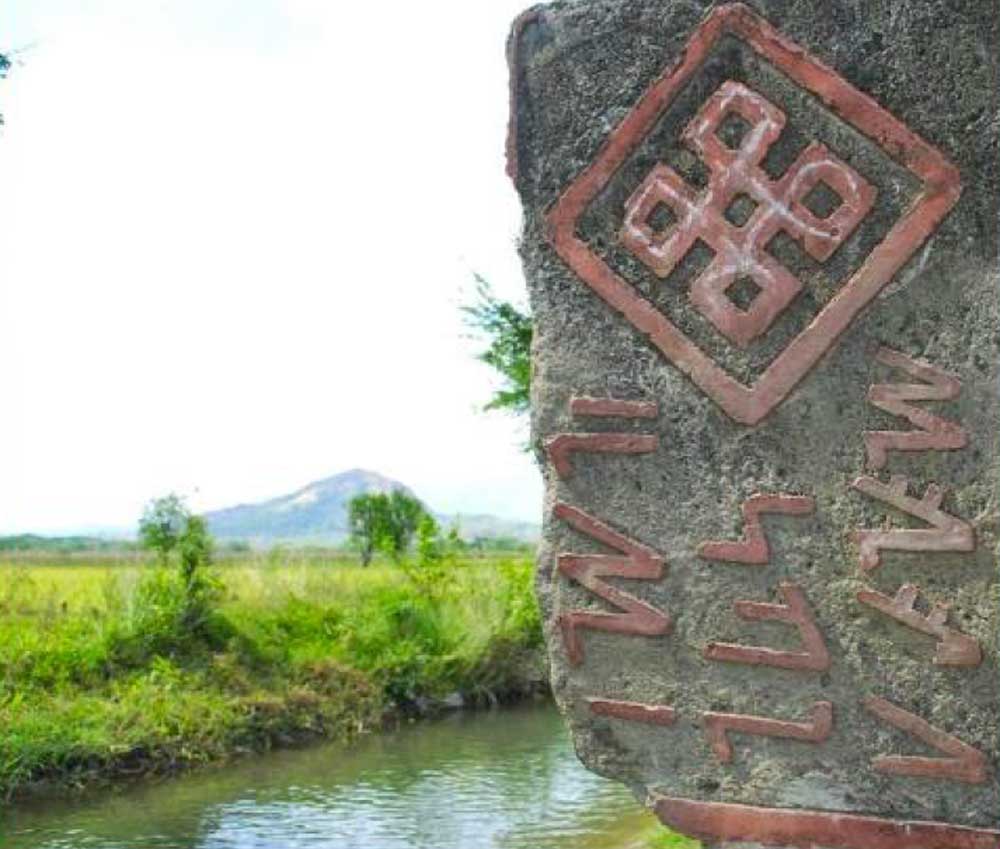
Based on these beliefs, they have designated different zones for these areas:
•Faganoon Furuhayo is the Buhid term for ICCA and considered as strict protection area and sacred grounds while for Bangon, they called it Famhaganon Furowan Gubatan.
•Fangayayagan or Fanligayan is the area for hunting. There are no other activities allowed in the area except hunting of wild animals like deer and wild boar. Agricultural activities such as farming and planting are not allowed except if the plants to be planted shall serve as food for these wild animals.
•Fananagaban or Pansakahan is the area for kaingin and other agricultural activities. These areas are mostly near the settlement areas for accessibility and far from the ICCA to avoid effects or impacts of opening up of areas (kaingin) and tilling the soil. The fallow period is strictly observed to maintain the productivity of the area. In most cases, the fallow period ranges from 2-3 years depending on the crops planted. Other restrictions are also observed like when seedlings of hardwood species emerge in the area, it can no longer be cultivated.
•Fambalayan or Pamayanan is the settlement and community areas.
SOURCE: The ties that bind: The Buhid Mangyan People of Mindoro, their Sacred Lands and Medicine Mountain, NewCAPP Copyright©2014
References:
Ager, S. (2013). Buhid Alphabet. In Omniglot, retrieved from http:// www.omniglot.com/writing/buhid.htm
CCP (1994). CCP encyclopedia of Philippine Art Vol.II : Peoples of the Philippines Kalinga to Yakan. Retrieved from http://nlpdl.nlp.gov.ph:9000/shares/ finders/CC01/NLP00VM052mcd/v1/v33.pdf
Co, E., de Vera, J., et al. (2012). Nature Conservation in the Footsteps of Our Ancestors: Proceedings of the First National Conference on Indigenous Community Conserved Areas (ICCAs) in the Philippines. Philippines: UP-NCPAG, PAWB, UNDP-GEF
Erni, C. (2000). Buhid Shifting Cultivators Adapt Land Use. ILEIA Newsletter September 2000: 8-9.
Gibson, T. (1986). Sacrifice and Sharing in the Philippine Highlands: Religion and Society Among the Buid of Mindoro. London UK: The Athione Press.
Haribon Foundation (2001). Iglit Baco Mountains: Important Bird Areas Fact Sheet. Retrieved from http:// w w w . b i r d l i f e . o r g / d a t a z o n e / sitefactsheet.php?id=9741
Lopez-Gonzaga, V. (1983). Peasants in the Hills: A Study of the Dynamics of Social Change Among the Buhid Swidden Cultivators in the Philippines. Diliman QC: UP Press.
NCIP (2004) ADSDPP Primer. Retrieved from http://www.ncip.gov.ph/ downloads / category/1-adminis t rat iveorders.html?download=48:adspp-primer
NewCAPP Annual Report 2012. (2012). UNDP-GEF-DENR/PAWB New Conservation Areas in the Philippines Project
NewCAPP (2011). Mts. Iglit-Baco National Park. Retrieved from http://www.newcapp.org/ igl i t -baco-nat ional – park.php
Jordan Clark is a Canadian born descendant of Scottish immigrants living on the homelands of the Lekwungen speaking peoples. His interest in Philippine myth and folklore began in 2004. Finding it difficult to track down resources on the topic, he founded The Aswang Project in 2006. Shortly after, he embarked on a 5 year journey, along with producing partner Cheryl Anne del Rosario, to make the 2011 feature length documentary THE ASWANG PHENOMENON – an exploration of the aswang myth and its effects on Philippine society. In 2015 he directed “The Creatures of Philippine Mythology” web-series, which features 3 folkloric beings from the Philippines – the TIKBALANG, KAPRE and BAKUNAWA. Episodes are available to watch on YouTube. Jordan recently oversaw the editing for the English language release of Ferdinand Blumentritt’s DICCIONARIO MITOLÓGICO DE FILIPINAS (Dictionary of Philippine Mythology) and is working on two more releases with fellow creators scheduled for release later this year. When his nose isn’t in a book, he spends time with his amazing Filipina wife of 20 years and their smart and wonderful teenaged daughter.


